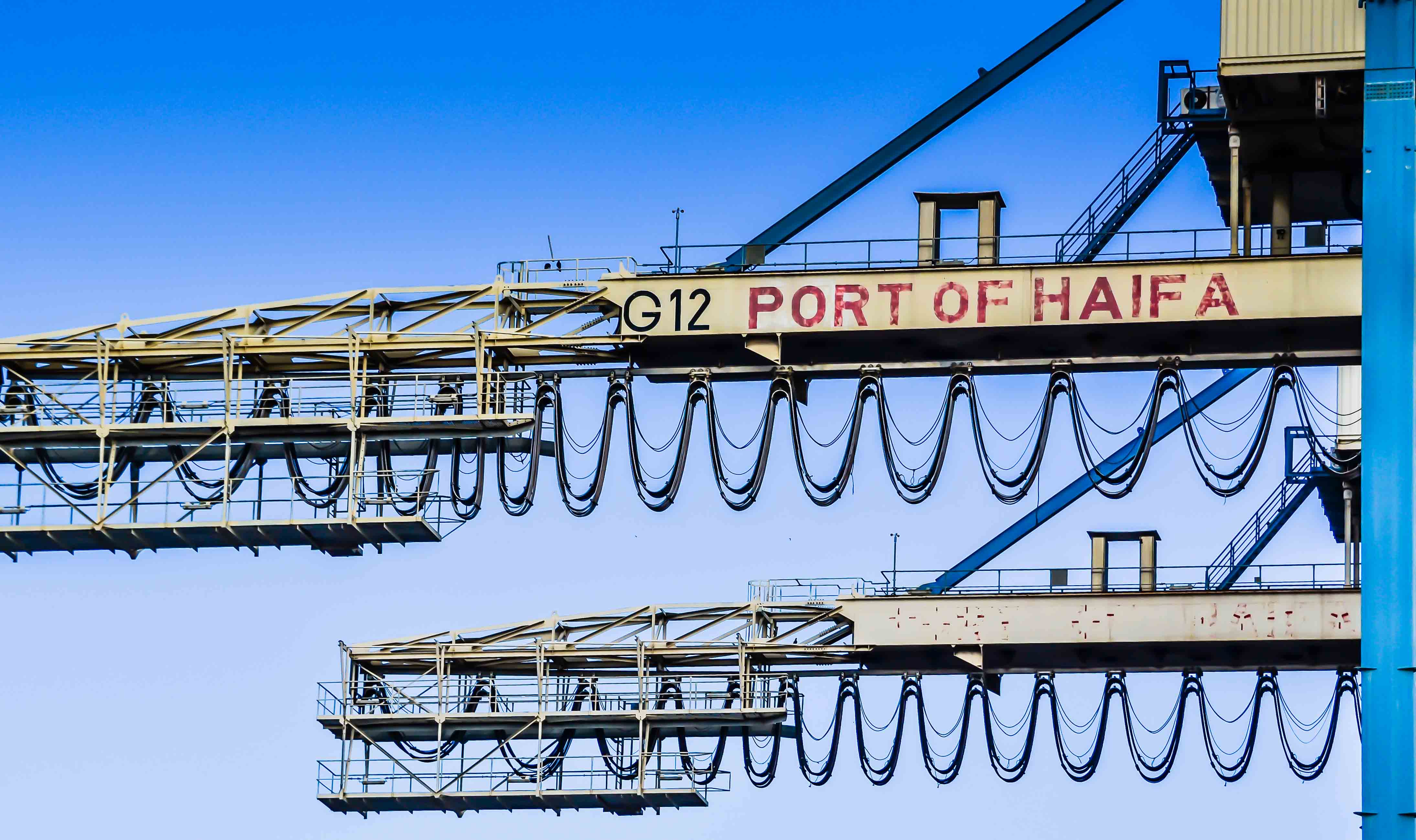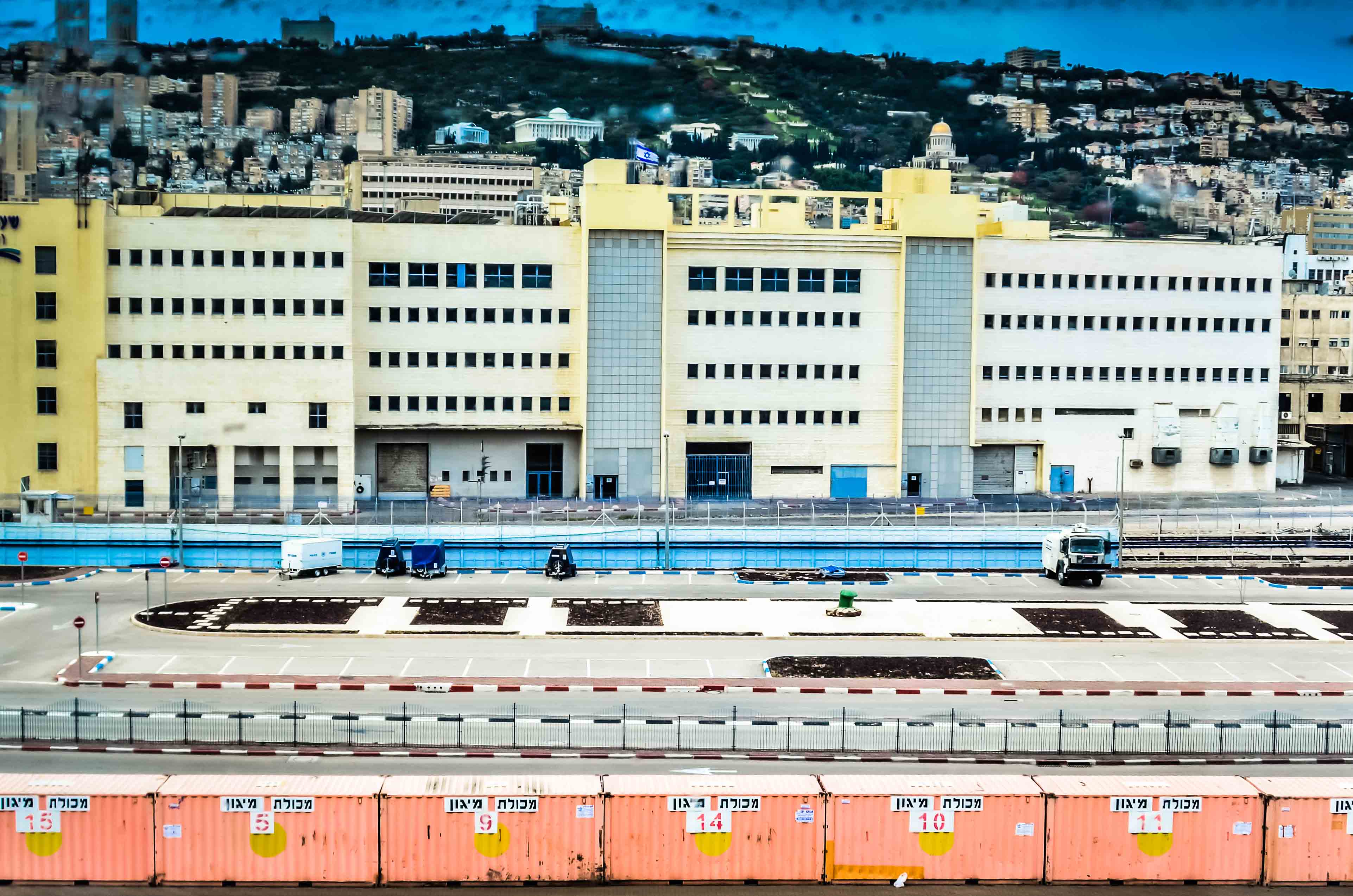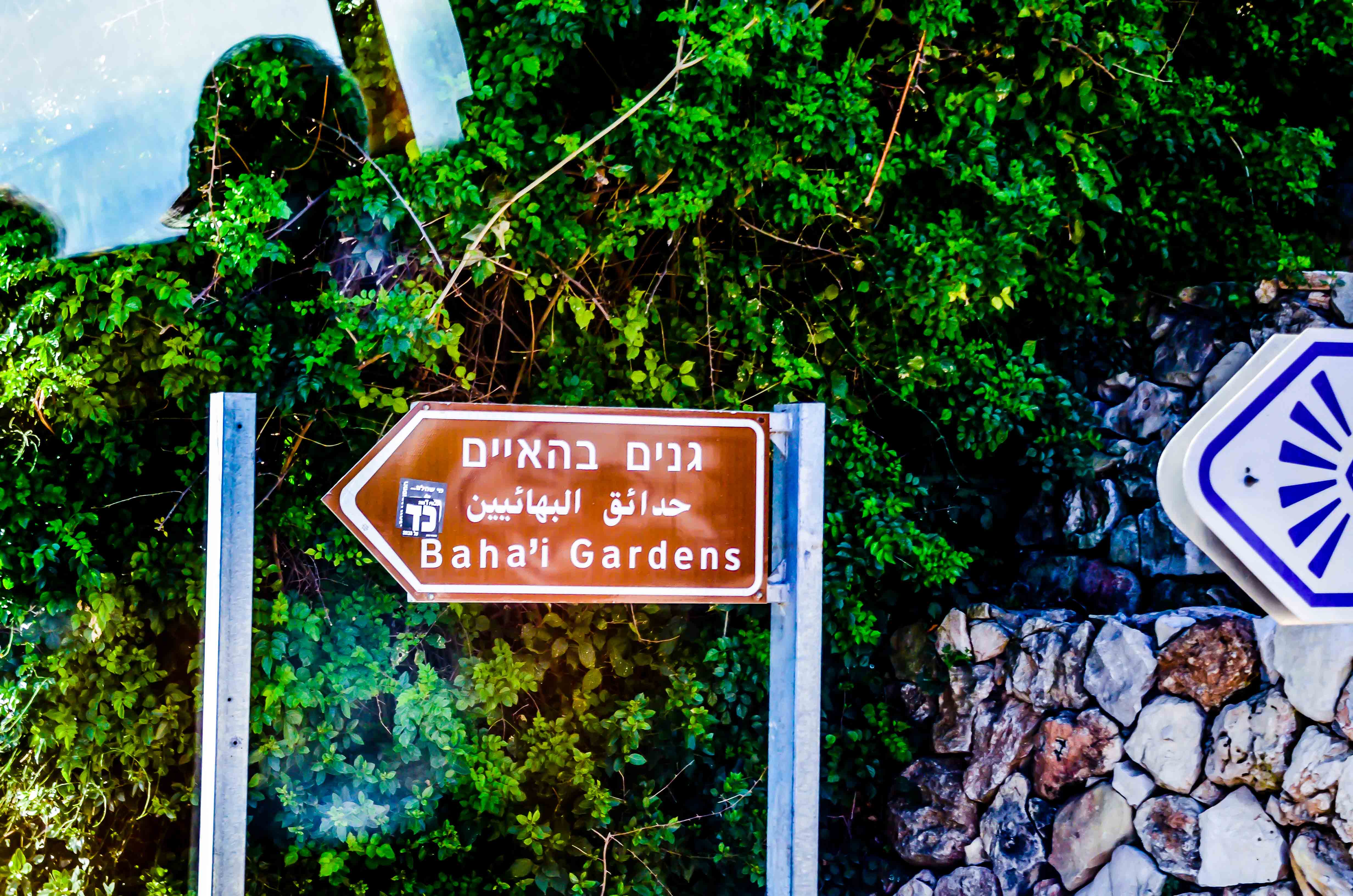Today Margaret and I took a walking tour around Haifa. Very laid back self-guided tour using a map that was provided by local people on the ship. I decided that the Baha’í Hanging Gardens of Haifa, being one of the most visited tourist attractions in the middle east, a UNESCO World Heritage Site and simply amazing was a must-do so we headed up the hill to this amazing sight.
I have to say that before yesterday I had never heard of this religious group. Here’s a little background taken directly from Wikipedia:
The Bahá’í Faith is a monotheistic religion which emphasizes the spiritual unity of all humankind. Three core principles establish a basis for Bahá’í teachings and doctrine: the unity of God, that there is only one God who is the source of all creation; the unity of religion, that all major religions have the same spiritual source and come from the same God; and the unity of humanity, that all humans have been created equal and that diversity of race and culture are seen as worthy of appreciation and acceptance.[3]According to the Bahá’í Faith’s teachings, the human purpose is to learn to know and to love God through such methods as prayer, reflection and being of service to humanity.
The Bahá’í Faith was founded by Bahá’u’lláh in 19th-century Persia. Bahá’u’lláh was exiled for his teachings from Persia to the Ottoman Empireand died while officially still a prisoner. After Bahá’u’lláh’s death, under the leadership of his son, `Abdu’l-Bahá, the religion spread from its Persian and Ottoman roots, and gained a footing in Europe and America, and was consolidated in Iran, where it suffers intense persecution. After the death of `Abdu’l-Bahá, the leadership of the Bahá’í community entered a new phase,evolving from a single individual to an administrative order with both elected bodies and appointed individuals. There are probably more than 5 million Bahá’ís around the world in more than 200 countries and territories.
In the Bahá’í Faith, religious history is seen to have unfolded through a series of divine messengers, each of whom established a religion that was suited to the needs of the time and to the capacity of the people. These messengers have included Abrahamic figures—Moses, Jesus, Muhammad, as well as Dharmic ones—Krishna, Buddha, and others. For Bahá’ís, the most recent messengers are the Báb and Bahá’u’lláh. In Bahá’í belief, each consecutive messenger prophesied of messengers to follow, and Bahá’u’lláh’s life and teachings fulfilled the end-time promises of previous scriptures. Humanity is understood to be in a process of collective evolution, and the need of the present time is for the gradual establishment of peace, justice and unity on a global scale.
On the evening of 22 May 1844, Siyyid `Alí-Muhammad of Shiraz, Iran proclaimed that he was “the Báb” (الباب “the Gate”), referring to his later claim to the station of Mahdi, the Twelfth Imam of Shi`a Islam. His followers were therefore known as Bábís. As the Báb’s teachings spread, which the Islamic clergy saw as a threat, his followers came under increased persecution and torture.[14]The conflicts escalated in several places to military sieges by the Shah’s army. The Báb himself was imprisoned and eventually executed in 1850.
Bahá’ís see the Báb as the forerunner of the Bahá’í Faith, because the Báb’s writings introduced the concept of “He whom God shall make manifest”, a Messianic figure whose coming, according to Bahá’ís, was announced in the scriptures of all of the world’s great religions, and whom Bahá’u’lláh, the founder of the Bahá’í Faith, claimed to be in 1863. The Báb’s tomb, located in Haifa, Israel, is an important place of pilgrimage for Bahá’ís. The remains of the Báb were brought secretly from Iran to the Holy Land and eventually interred in the tomb built for them in a spot specifically designated by Bahá’u’lláh. Although he died in Akka Bahá’ís regard his resting place at Bahjías as the Qiblih to which they turn in prayer each day.
The gardens were designed in 1987 and opened in 2001 and extend almost a kilometer up the side of Mount Carmel and cover 200,00 square meters of land. Nine concentric circles provide the main geometry of the eighteen terraces. Just as the identification of a circle presupposes a centre, so the terraces have been conceived as generated from the Shrine of the Báb. The eighteen terraces plus the one terrace of the Shrine of the Báb make nineteen terraces total. Nineteen is a significant number within both the Bahá’í and Bábí religions.The gardens are linked by a set of stairs flanked by twin streams of running water cascading down the mountainside through the steps and terrace bridges.
After we walked up all the stores to the top, giving us an expansive view of the city and port area we walked around town looking for a good place to eat. However, we never saw anything that we would think would be healthy food and, after getting a coffee, walked back to the ship for a “free” lunch on board. After all, the ship was leaving at 2 pm anyway and we had to be on board by 1:30. Worked out well and we had a relaxing afternoon reading and just hanging out. The Crew Capers extravaganza took place at 6 pm followed by and had a great dinner with our friends at Compass Rose. We ended the evening on the back deck bar. Good times and the last night on our 90 day adventure that we would be together with them. It was starting to hit us that we would be going home in just a couple days.
Here are the Top 15 shots from Haifa:
Click here to view the entire Smugmug Gallery for this day.



.jpg)


